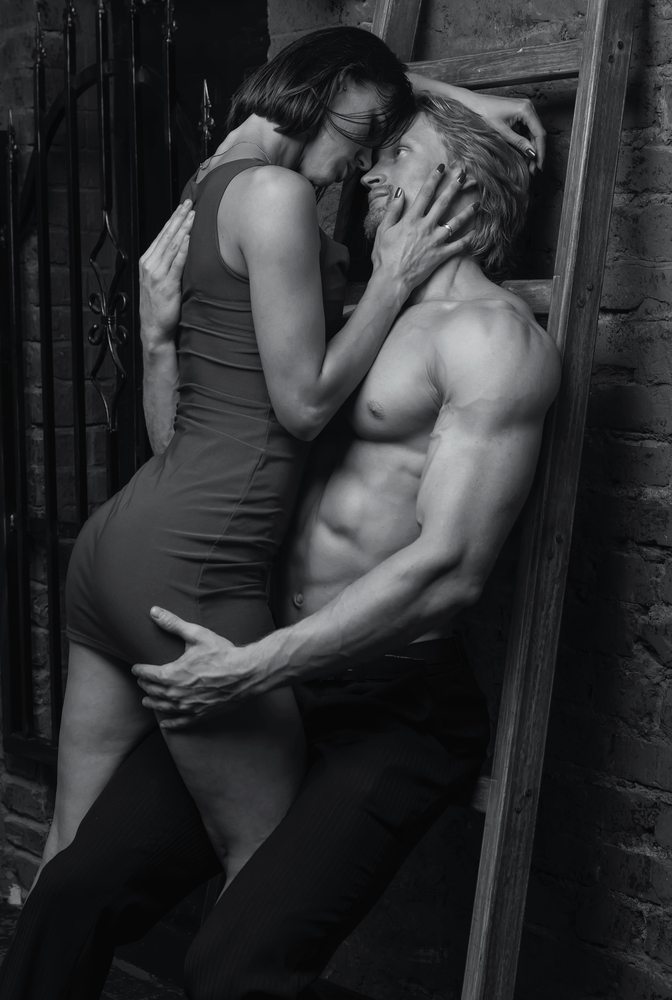Conflict is essential in a romance novel. If two characters met, fell in love, and lived happily ever after, that would make for a really boring story. It’s the conflict that keeps a reader engaged, aching to know what happens next.
But how do you write conflict? What makes for a good conflict that will raise tension between the heroes? And how do you resolve the conflict without one character compromising a strongly held belief?
Let’s start with the basics. What are the types of conflict? Dummies.com breaks it down into 6 categories: Internal, External, Emotional, Intellectual, Personal, and Situational. These categories each contrast with another, and there is a lot of overlap between pairs. However, it is important to remember that multiple conflicts touching on multiple categories will create the most interesting, complex, page-turning plots.
Internal v. External
Internal conflict comes from within the characters, while external conflict comes from the plot or situation.
Emotional v. Intellectual
Emotional conflicts are conflicts of feelings, whereas intellectual conflicts are about ideas.

Personal v. Situational
Personal conflict “grow from the innate issues and insecurities that everyone has,” and situational conflicts derive from place and plot.
Layering Conflict
Some of the best plots have multiple conflicts. They may be unrelated, or they could be a variety of manifestations of an underlying conflict.
In a Bustle article, bestselling author Jennifer Probst explains how a conflict can arise simply by the virtue of who someone is:
“In Searching for Always, my hero is an alpha, cynical, junk eating, smart-ass cop who was mandated to anger management class. My heroine is a yoga teacher, vegetarian, positive, and teaches the anger class. This was a perfect foil for disaster, conflict, and humor.”

You can imagine the types of conflict that could arise from this! She could try to influence his diet and he could resent her for it. They could argue over the way they perceive some sort of event; he may see the big story raincloud, while she may see the silver lining. They could get on each other’s nerves.
For ideas on places where your characters could butt heads, check out this list by New York Times best-selling author Colleen Houck.
Resolving Conflict
The problem with the more obvious conflict—manifestations of a deeper root conflict—is that until the deeper conflict is resolved, none of the other issues can be worked through. Oftentimes, this deeper conflict derives from a strongly held belief or goal. If those are in conflict, in order to resolve the issue, one party has to relinquish their belief or goal. That can be unsatisfying (although not as unsatisfying as no resolution at all).
Instead, make their beliefs be in concert, and come at it from opposing angles. Mythcreants gives the example of Clarke and Lexa from The 100. They have the shared goal of protecting their people and doing what is best for them. However, they are leaders of opposing factions. Keeping one’s own faction safe could be at the expense of the other faction.
In a situation like this, it’s only when the characters realize they want the same thing and join forces to protect both their factions, instead of protecting one at the expense of another, that they can be together. However, it would be complicated by the underlying hatred between the two groups.

Remember not to resolve the conflict too quickly. It may feel rushed, and if it’s early in the novel, it may not be a substantial enough conflict. Romance novels end when the conflict is resolved and the heroes finally get together. Readers don’t stick around for the honeymoon.
Having trouble building conflict in your romance novel? Got some advice that we missed? Leave a comment below!


Great information I have learned after reading your blog. If the book is valid, it will discover a crowd of people that is intended to understand it. An author is somebody for whom composing is more troublesome than it is for others.